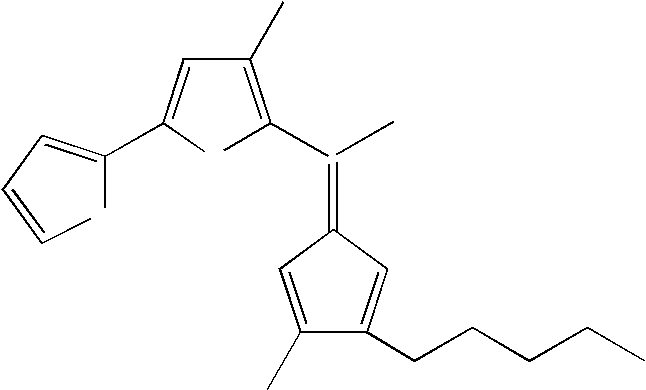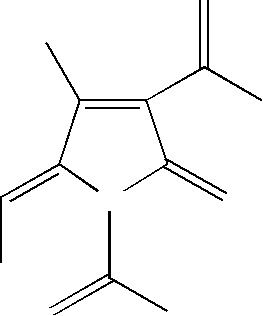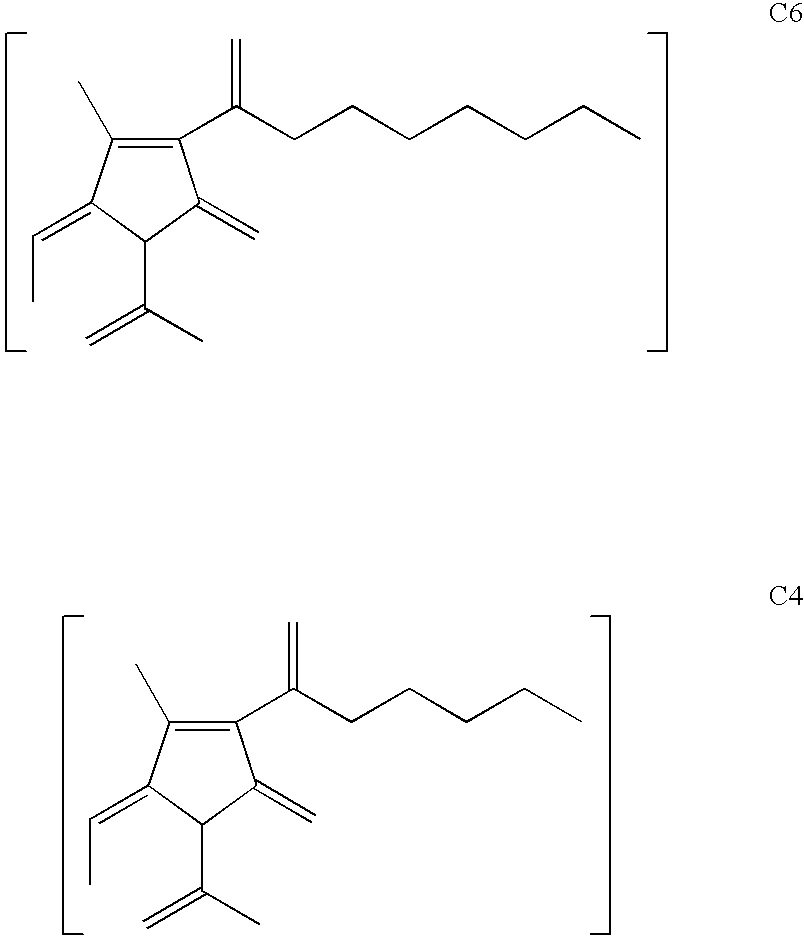Compositions and methods for reducing dental plaque
- Summary
- Abstract
- Description
- Claims
- Application Information
AI Technical Summary
Benefits of technology
Problems solved by technology
Method used
Image
Examples
example
(A) Marine Microorganism Fermentation Media
[0093] A marine organism sample, Vibrio gazogenes, was maintained as a frozen stock culture prepared in 10% glycerol and stored at −80° C. Prior to initiating liquid cultures the stock culture was streaked on saltwater agar and examined by colony characteristics, Gram-staining, and cell morphology to ensure purity.
[0094] The media used for fermentation was prepared in an artificial seawater (ASW) base. The advantage of using ASW is that its chemical composition remains consistent, as compared with natural seawater. GP2 formulation ASW (Bidwell et al., 1985; and Spotte and et al., 1984, the entire teaching of which are incorporated herein by reference) was used for all fermentations. GP2 was chosen because it has the closest chemical composition to natural seawater and, since it is prepared as two solutions that are mixed after autoclaving, it does not precipitate. This allows for use of full-strength ASW for marine fermentations. The com...
PUM
| Property | Measurement | Unit |
|---|---|---|
| Temperature | aaaaa | aaaaa |
| Fraction | aaaaa | aaaaa |
| Fraction | aaaaa | aaaaa |
Abstract
Description
Claims
Application Information
 Login to View More
Login to View More - R&D
- Intellectual Property
- Life Sciences
- Materials
- Tech Scout
- Unparalleled Data Quality
- Higher Quality Content
- 60% Fewer Hallucinations
Browse by: Latest US Patents, China's latest patents, Technical Efficacy Thesaurus, Application Domain, Technology Topic, Popular Technical Reports.
© 2025 PatSnap. All rights reserved.Legal|Privacy policy|Modern Slavery Act Transparency Statement|Sitemap|About US| Contact US: help@patsnap.com



